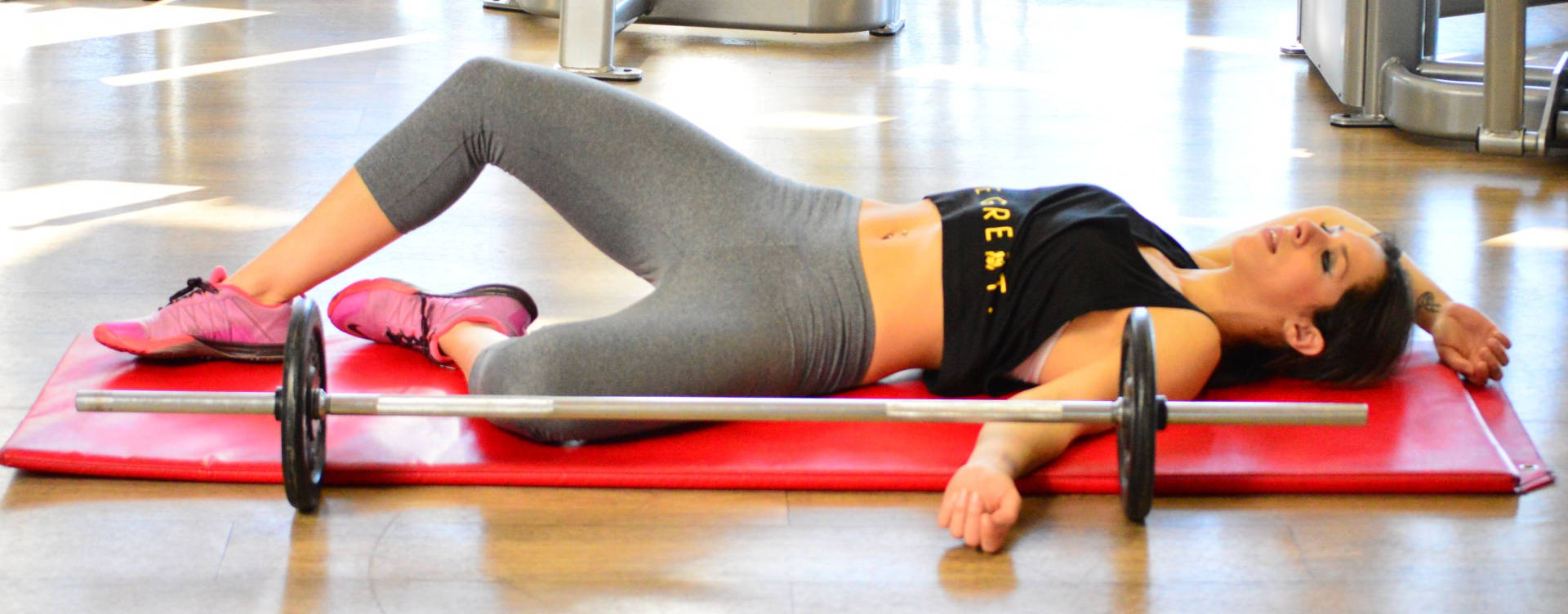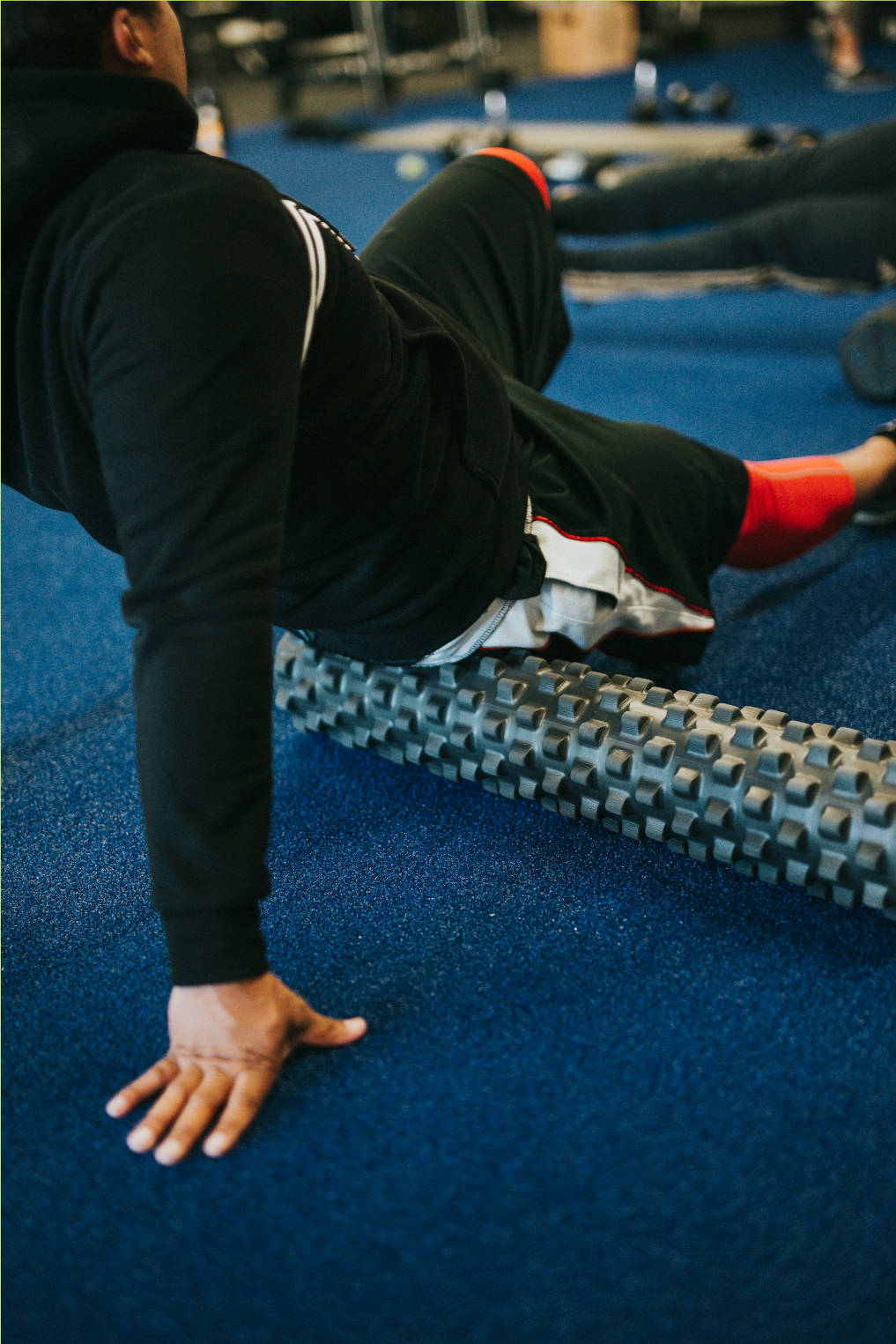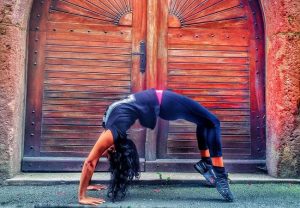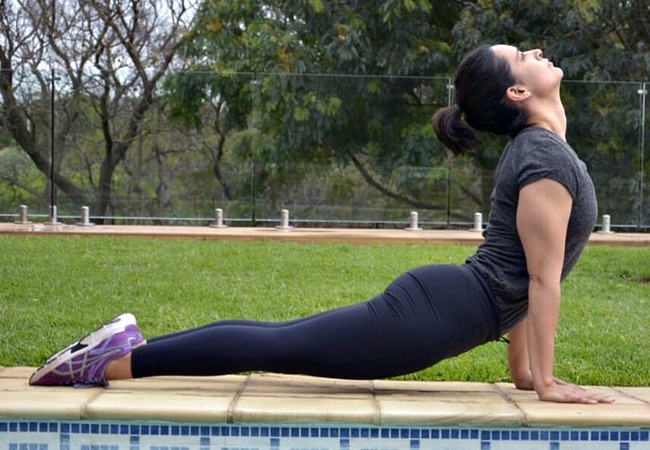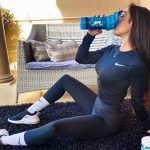You may have seen images of professional athletes soaking in ice baths or sweating in saunas. Neither of these is very practical for recreational athletes who are simply interested in keeping fit. In fact, recent research suggests that those ice-filled tubs aren’t such a good idea after all. But since recovery is an integral part of training, here are some top athlete recovery techniques you can do at home. These should help your body recuperate and prepare for the next workout or competition.
Start With the Obvious: Rest
Rest is a fundamental component of recovery. It allows the body to repair tissues and replenish energy stores that have depleted during intense physical activity. When you rest, your body initiates a series of physiological processes aimed at muscle regeneration and energy restoration. To incorporate rest into your recovery regimen, ensure you get enough sleep each night and schedule regular rest days throughout your training program.
Practice Active Recovery
Active recovery involves performing light exercises on your rest days. This technique helps reduce muscle soreness and stiffness by promoting blood circulation, which delivers nutrients to your muscles and helps remove waste products. At home, you can engage in activities such as walking, yoga, or light stretching for active recovery.
You can also incorporate active recovery within your workout by interspersing less intense intervals, at about half the effort of your full-on exercise, throughout your workout. Another form of active recovery is switching to walking after a run until your heart rate and breathing return to normal levels.
Try Massage Tools
Massage therapy promotes muscle relaxation and enhances blood circulation, promoting healing and reducing muscle soreness. It is a recovery technique you can perform at home using a massage gun or hand-held massager.
Do Foam Rolling
Foam rolling, also known as self-myofascial release, uses a foam roller to apply pressure on muscle knots and tight areas. It improves flexibility, reduces muscle tension, and enhances recovery. To perform foam rolling at home, slowly roll the foam roller over your muscles, pausing at any spots that feel particularly tight or tender.
Ensure Proper Nutrition and Hydration
Nutrition and hydration form a critical part of an athlete’s recovery process. Consuming a balanced diet rich in proteins, carbohydrates, and healthy fats promotes muscle repair and energy replenishment.
Staying hydrated is vital, as it helps regulate body temperature, lubricate joints, and transport nutrients to your cells. Pro athletes and even celebrities have turned to IV drip therapy to deliver fluids and essential nutrients directly into their bloodstreams for faster recovery.
Now, many services provide in-home IV drip therapy, but it’s not right for everyone. Thoroughly consider the pros and cons of in-home IV drip therapy. If you think you’re a good candidate, consult your doctor for the go-ahead and find a qualified service that uses only licensed medical professionals to administer the therapy.
Rest, Ice, Compression, Elevation
Commonly known as RICE, this method is particularly effective for treating minor sports injuries. Rest allows the injured area to heal, ice reduces swelling, compression limits inflammation, and elevation helps decrease bruising. You can easily practice this technique at home by resting the injured area, applying an ice pack, using a compression bandage, and elevating the injury above heart level.
Incorporating these top athlete recovery techniques you can do at home can enhance your athletic performance and reduce the risk of injury. Remember, your body’s ability to perform and improve depends not only on how well you train but also on how well you recover.
You May Also Like:








